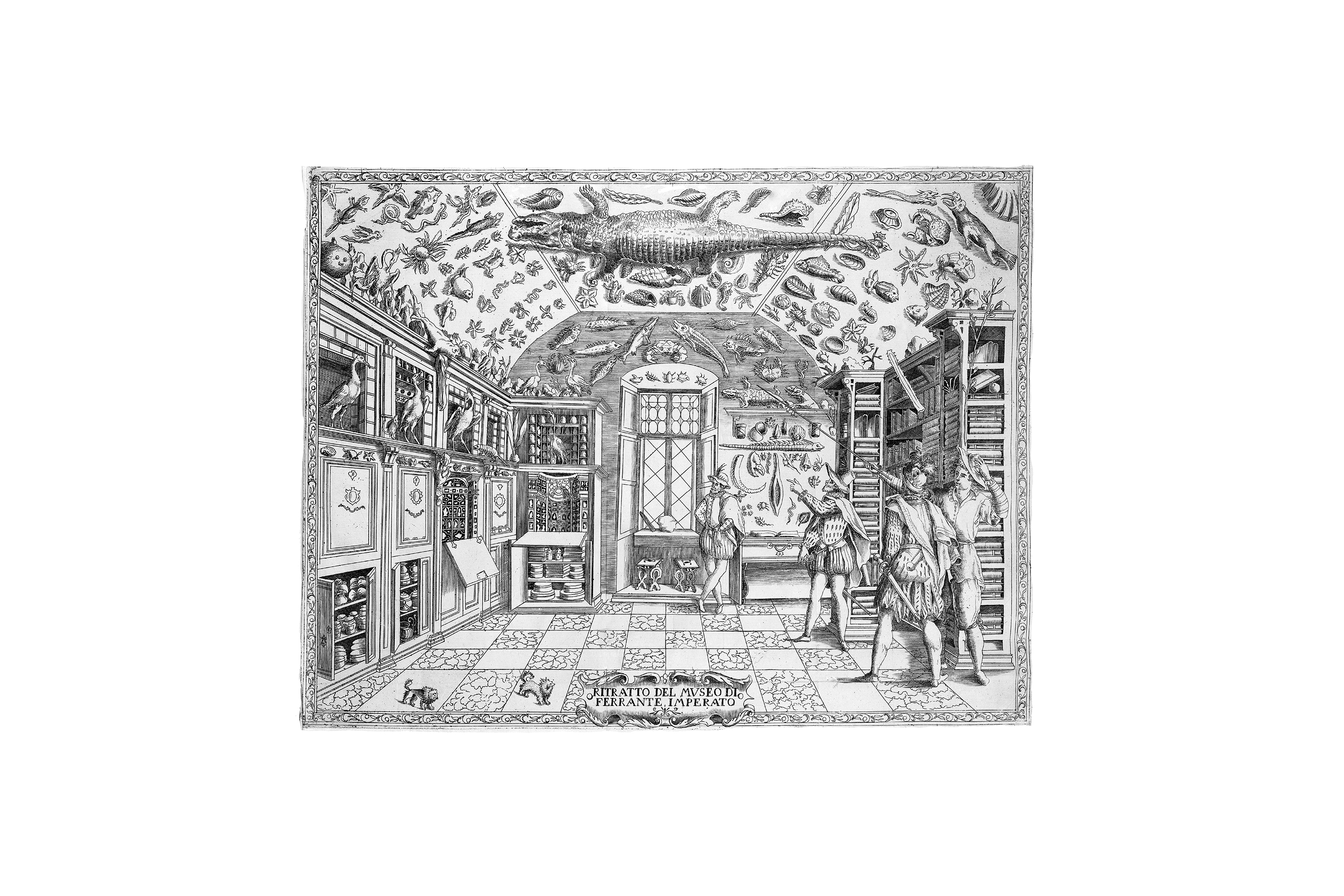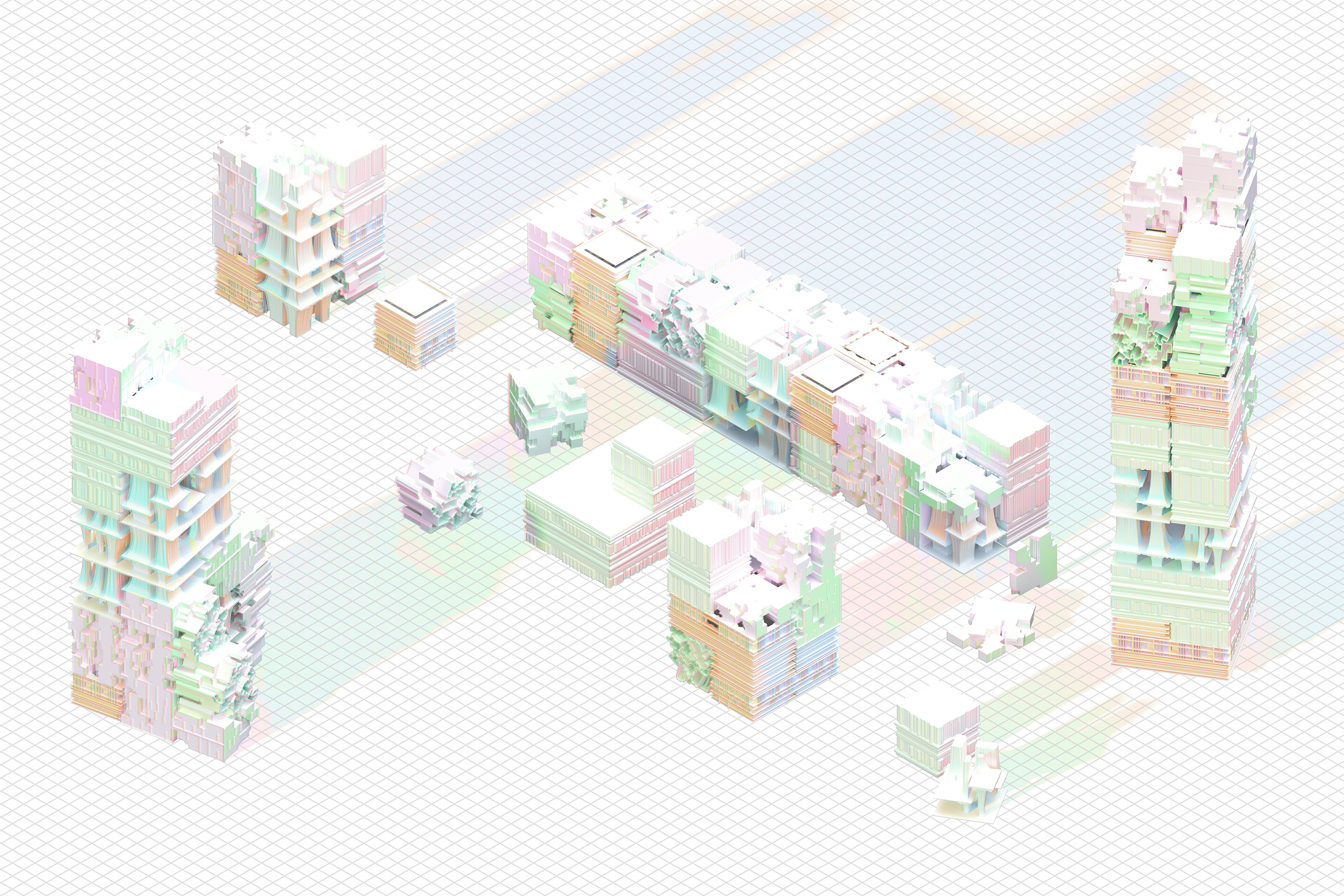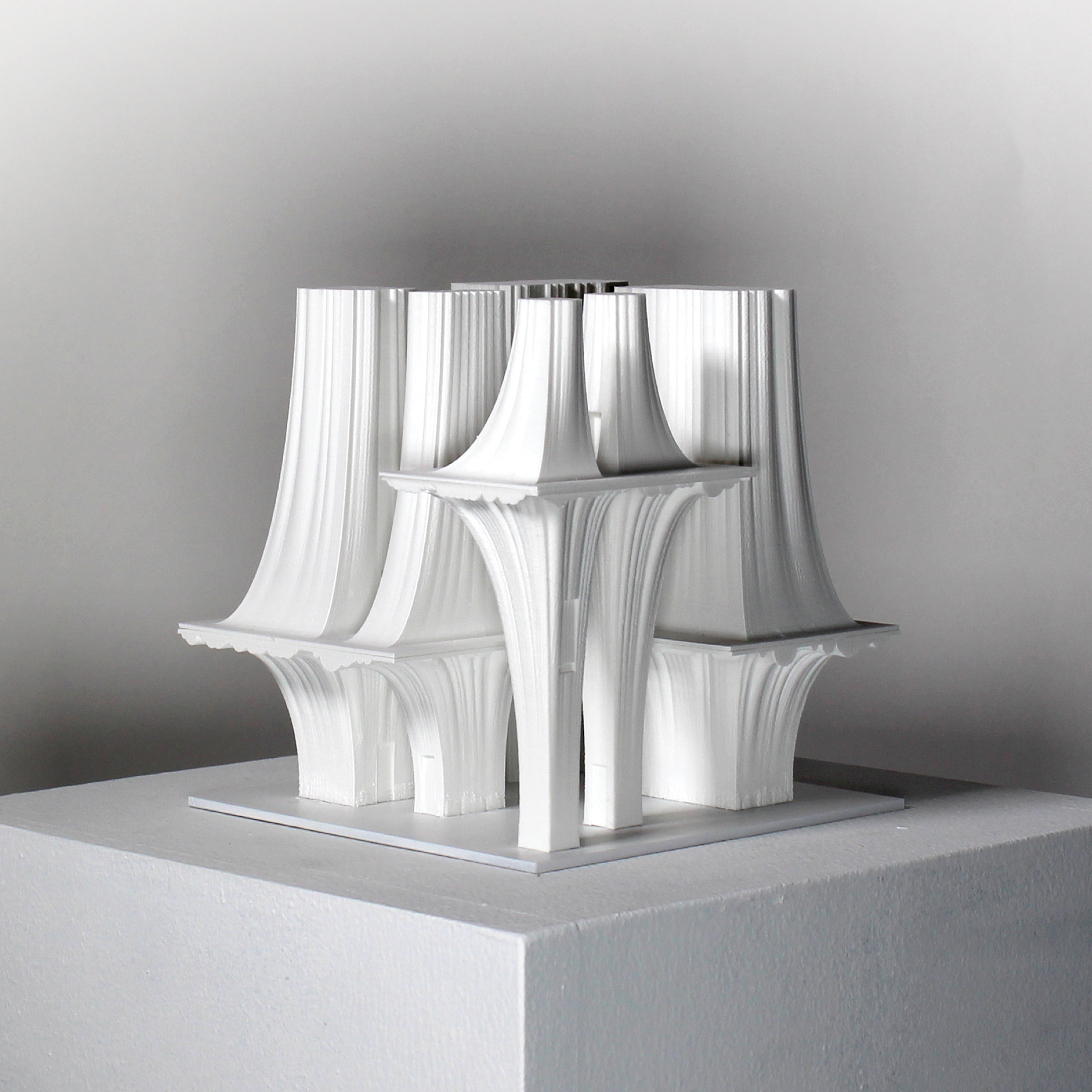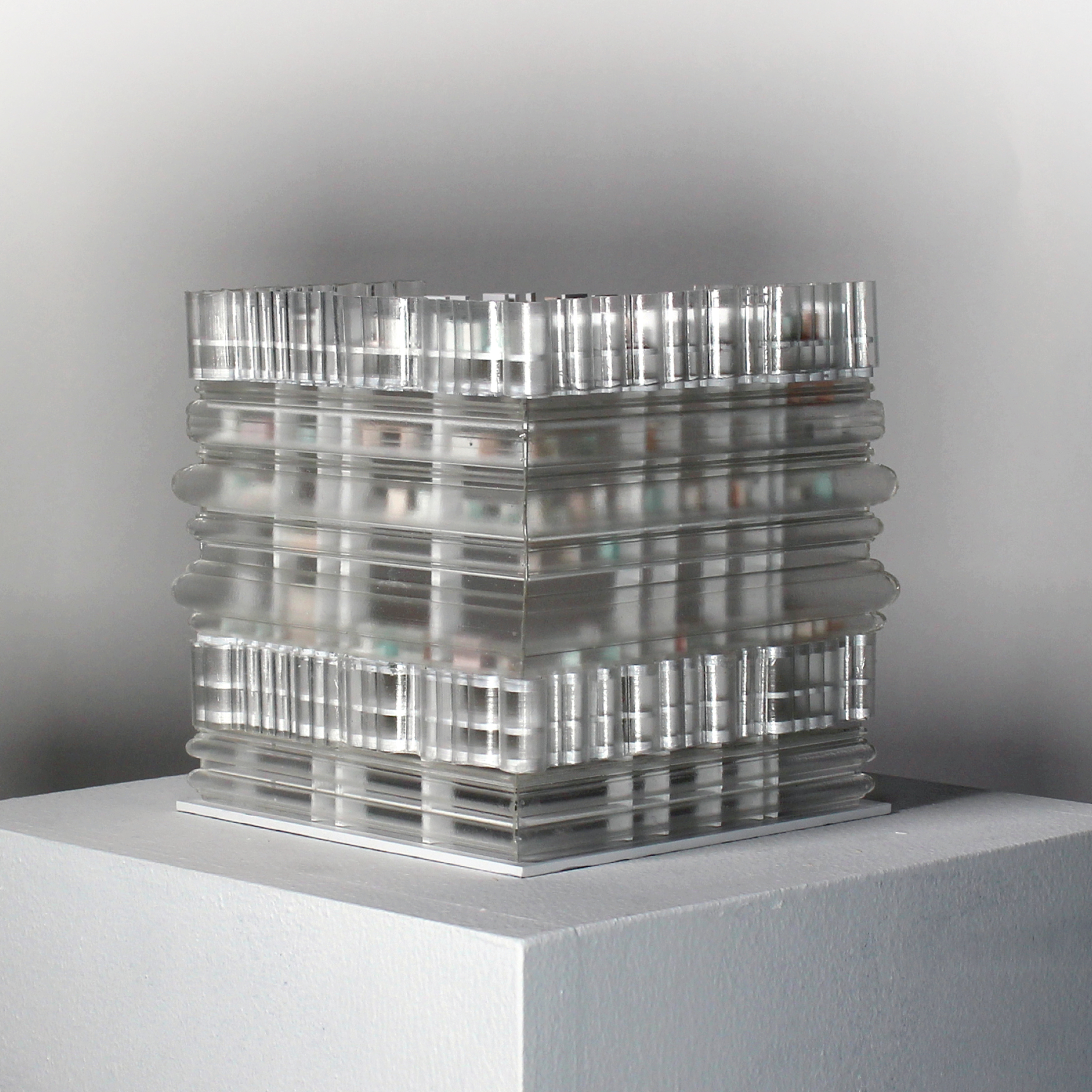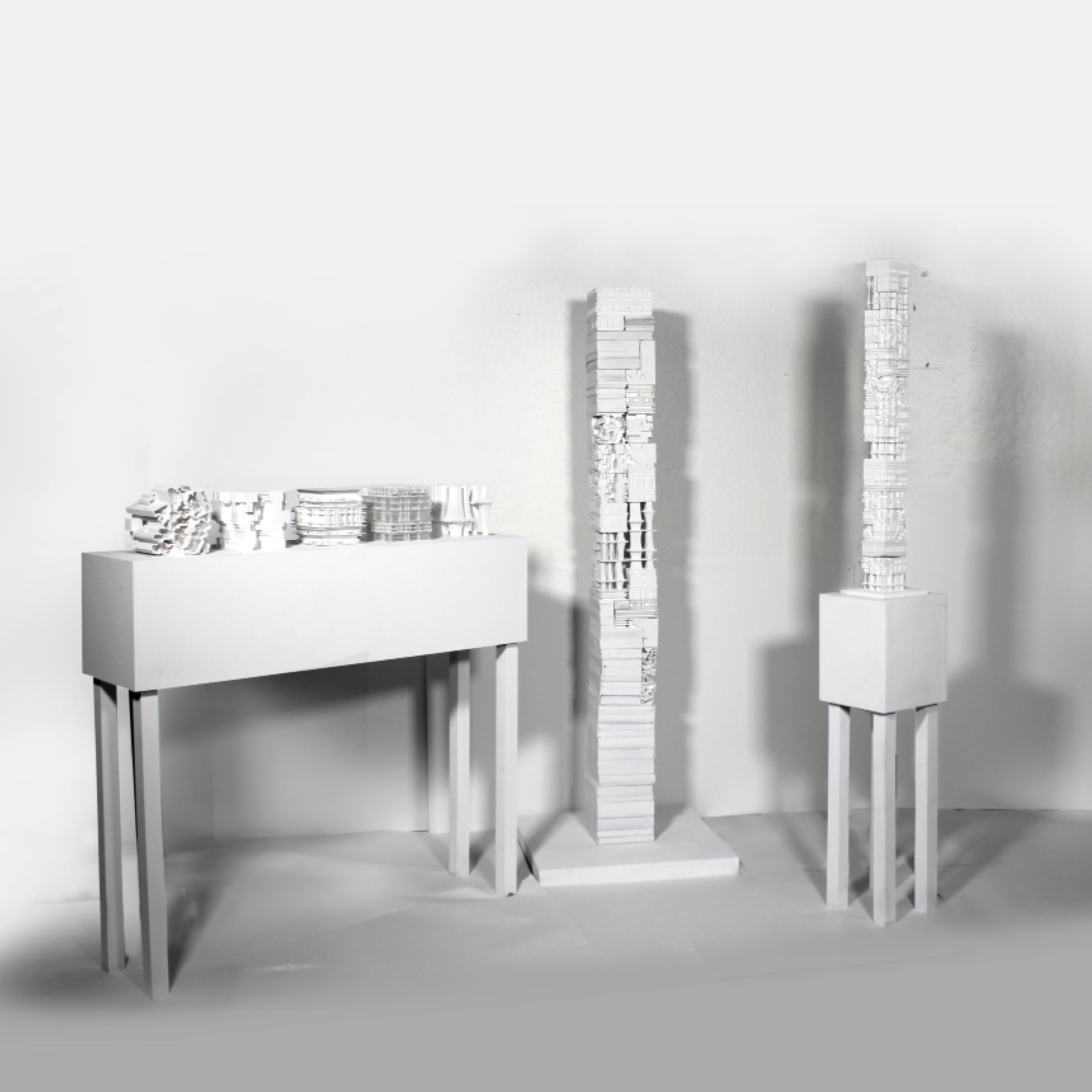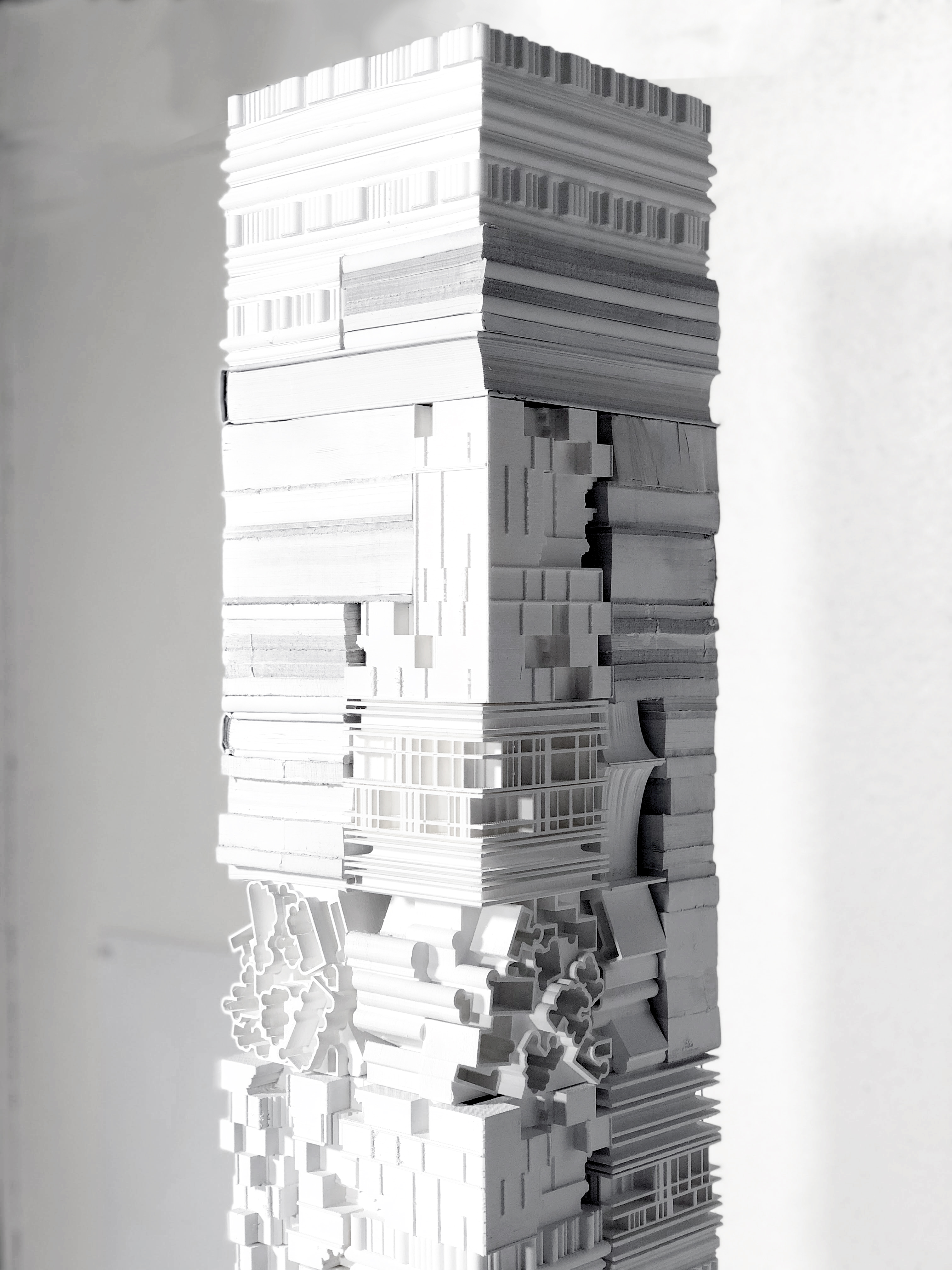
Death, Divorce, Down-sizing, Dislocation, and (Now) Display:
A Self-Storage Center for a More Exhibitionist Future
Date: 2018
Storage today finds itself compartmentalized into two categories: the visible and the invisible. As materialistic culture encourages self-identification with objects, visible storage through the shelf accommodates both easy access and curation of self-expression. However, in response to excess due to overconsumption, self-storage centers—one of the fastest growing industries in the United States—provide users with an invisible alternative to hide away a multitude of belongings. However, this image of the tightly packed storage room is not a new phenomenon. Sixteenth-century cabinets of curiosities contained enormous quantities of possessions that were curated and exhibited as archives of knowledge. This thesis asks: can cabinets of curiosities trigger a new typology of architecture for the contemporary self-storage center? Can such an establishment blur the distinctions between storage space, personal collection, and cultural museum?
The self-storage center for a near future presents collectors with many options for storage and display, both physical and digital, accommodating a wide range of storage formats under one roof. Public exhibition of personal possessions achieves an institutional character for the self-storage center, in which objects gain an architectural importance. Constant curation of objects resists hoarder culture, instead asking what belongs in storage when the previously dark and hidden becomes bright and showcased. As the new self-storage center takes on museological presentation and develops a distinct form, it acts as a monument to collections of the tangible and intangible within its urban context. However, this specific architecture does not subordinate its contents; rather, it provides a framework into which objects, people, and memories breathe life.
